Honey Harvest
Typically honey is harvested in autumn, taking only the excess and leaving the bees enough for their winter sustenance. First-year bee colonies are spared the harvest, as they’re more likely to need all the honey they’ve amassed. Having been keepers of first-year bees a few times over, we have not yet had the toil and delight of an autumn honey harvest. The honey we gather in spring comes from the untouched stores of bee colonies that perished over the winter. So from the 4 hives that didn’t survive this past winter, we gathered frames with still-capped honey, and processed it in the kitchen. This is what that looked like:
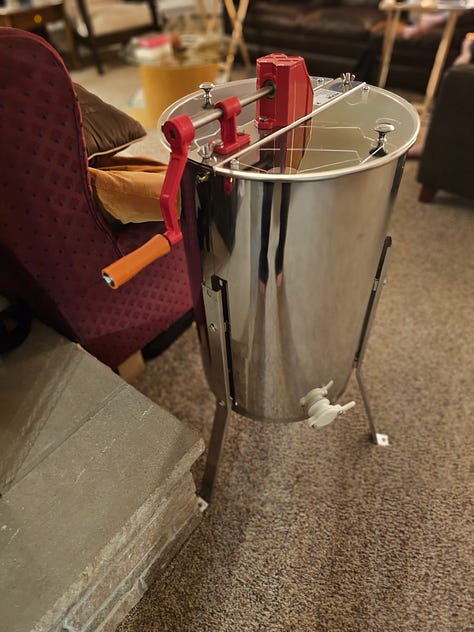

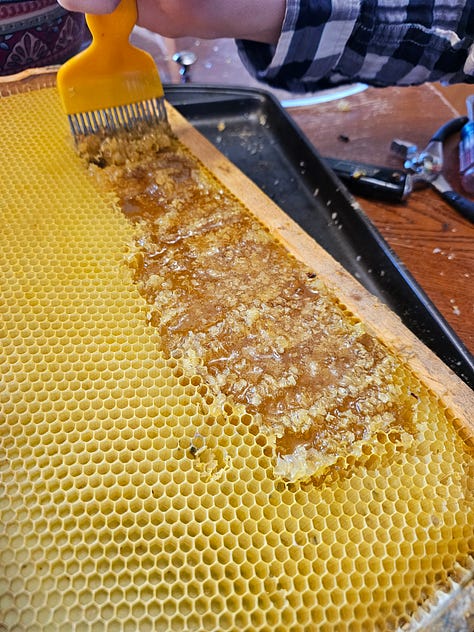

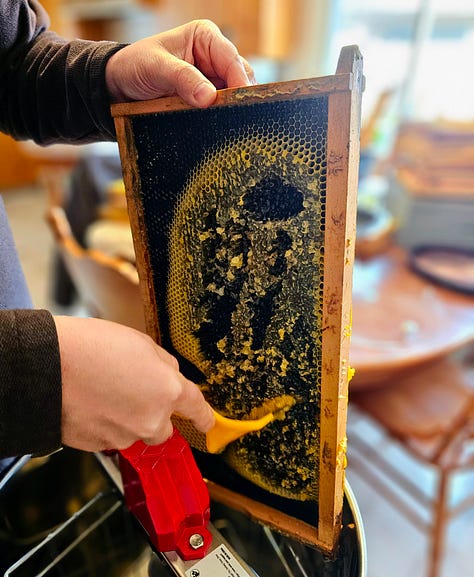
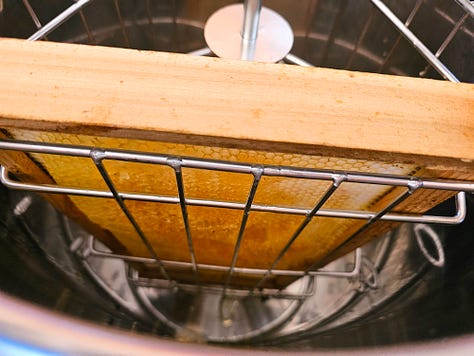
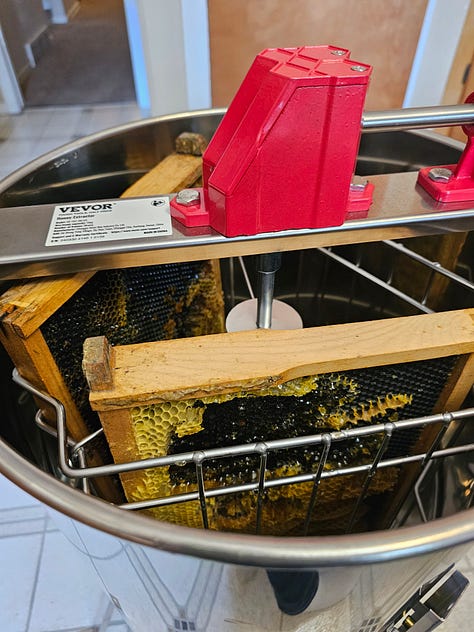

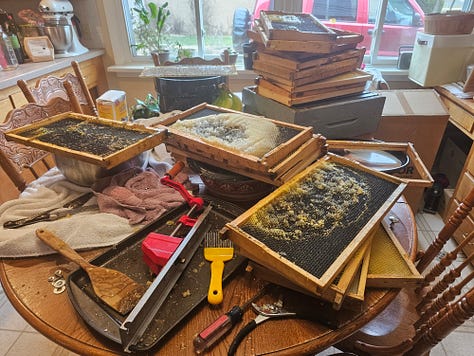
Not all the honey was useable; some was damaged by moisture. So we scraped off the comb around the capped honey, then spun the frames through the extractor to remove the water and bits of junk comb. The edible honey was then uncapped and put in the (washed) extractor, spun, then strained through cheesecloth. After pouring the remaining raw honey into jars, we were left with a rather untidy kitchen, but also with enough delicious honey to share.
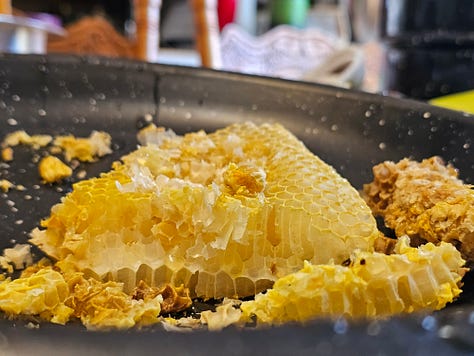

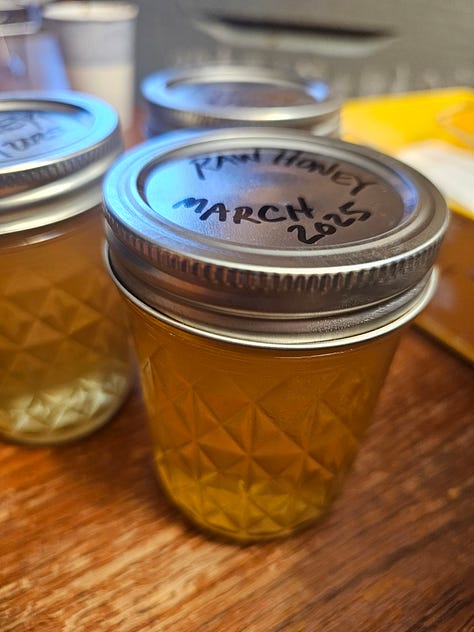
Out in the yard, there are signs of spring:
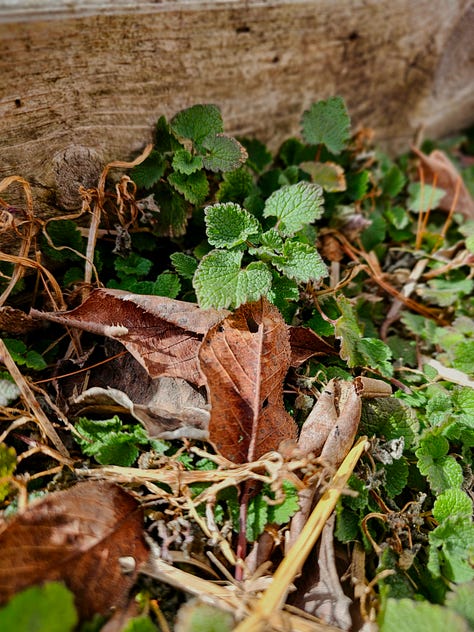
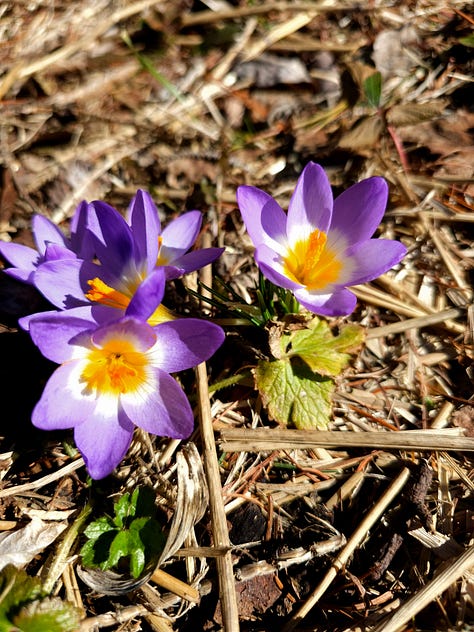
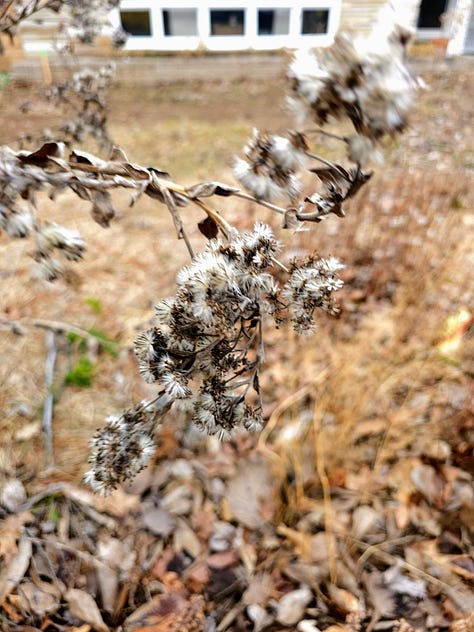
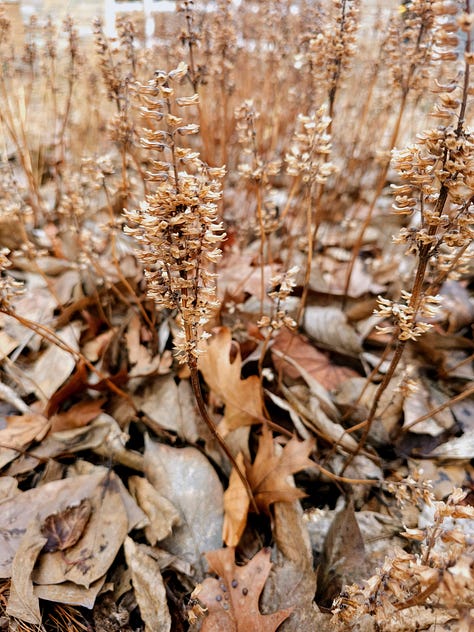
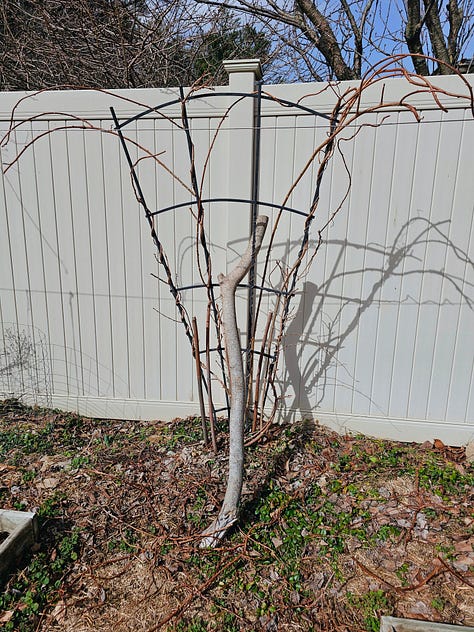
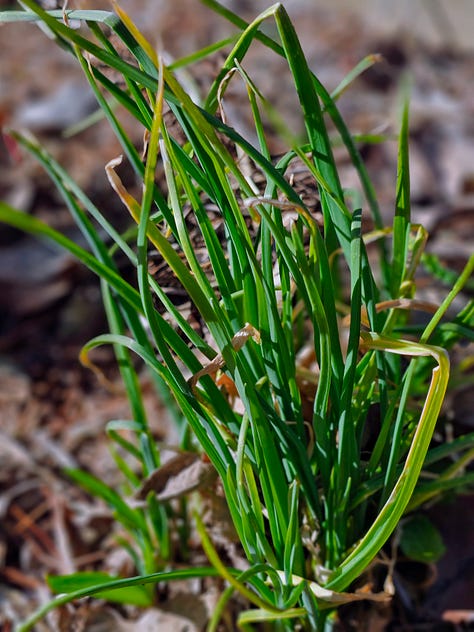
And the hive that successfully over-wintered is in full gear on every warm day. They’re bringing in pollen and using the sugar water we provide to supplement their honey stores until there’s a real nectar flow.
Phillip did a hive check on a particularly warm day recently. The queen had clearly been busy, and he saw brood in all different stages.

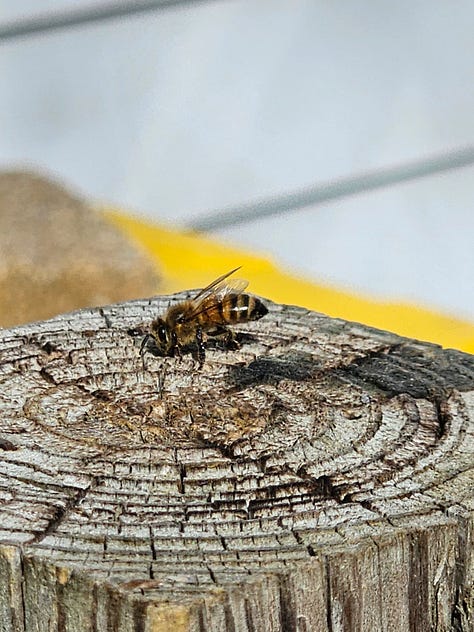
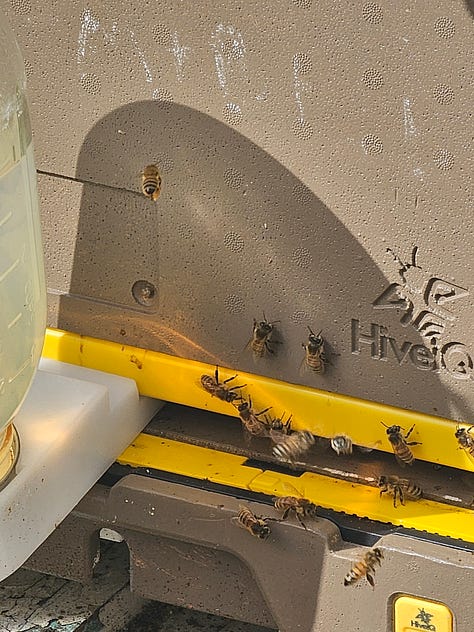
The first little blooms are here, and as always when they appear after a long winter, they seem pretty magical.
So here in the Northern Hemisphere, we’ve arrived at spring. And although there is still frost to scrape off the car in the morning and the need to turn on the furnace at night, the light increases. The bees can tell.
What signs of the changing season are you seeing where you live?
—Erin, in Michigan


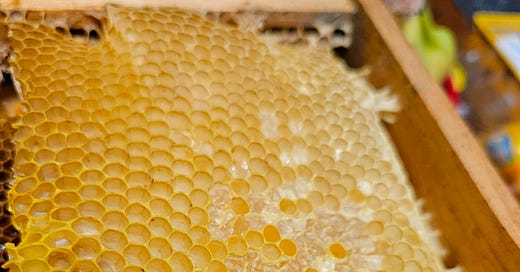


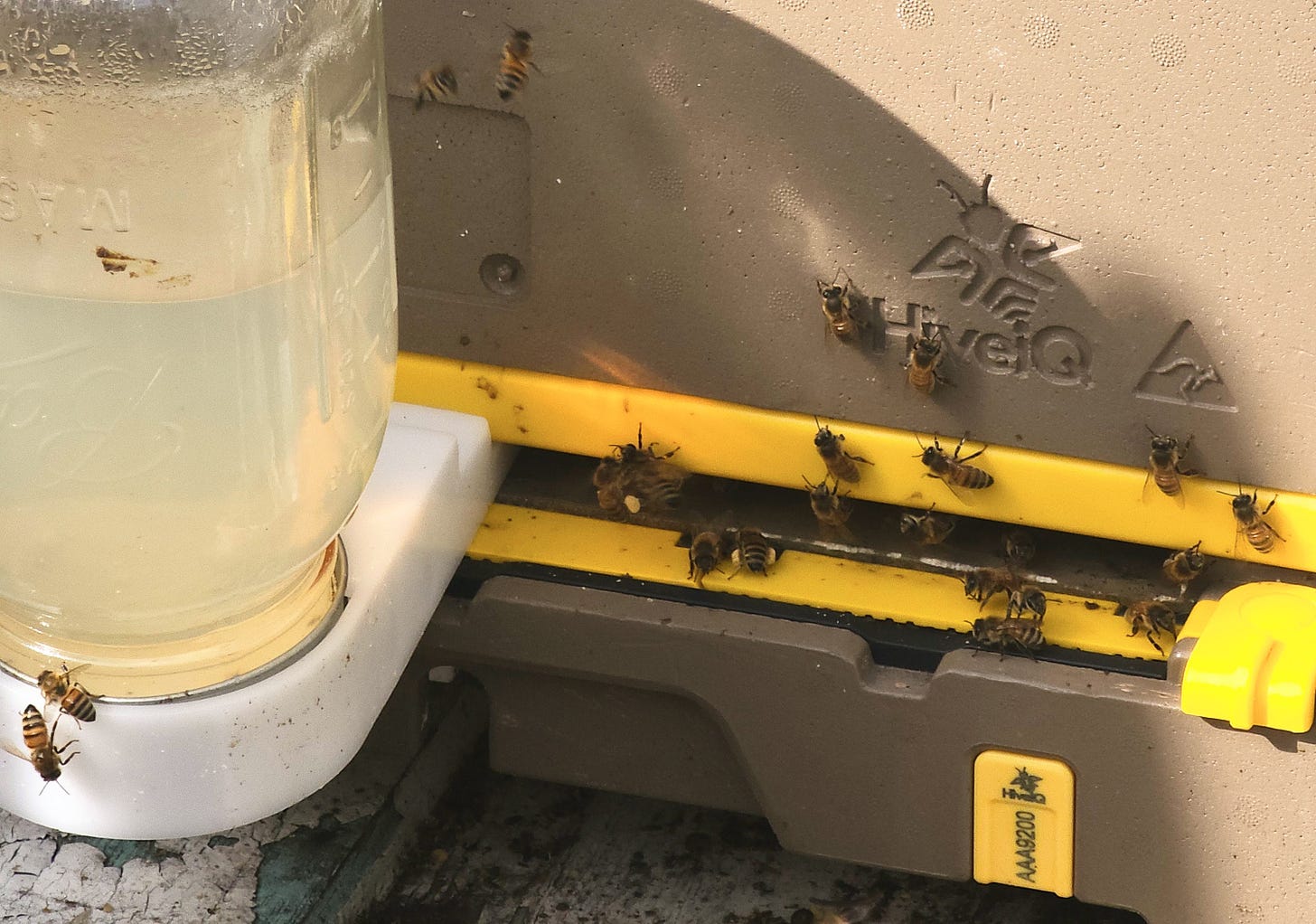
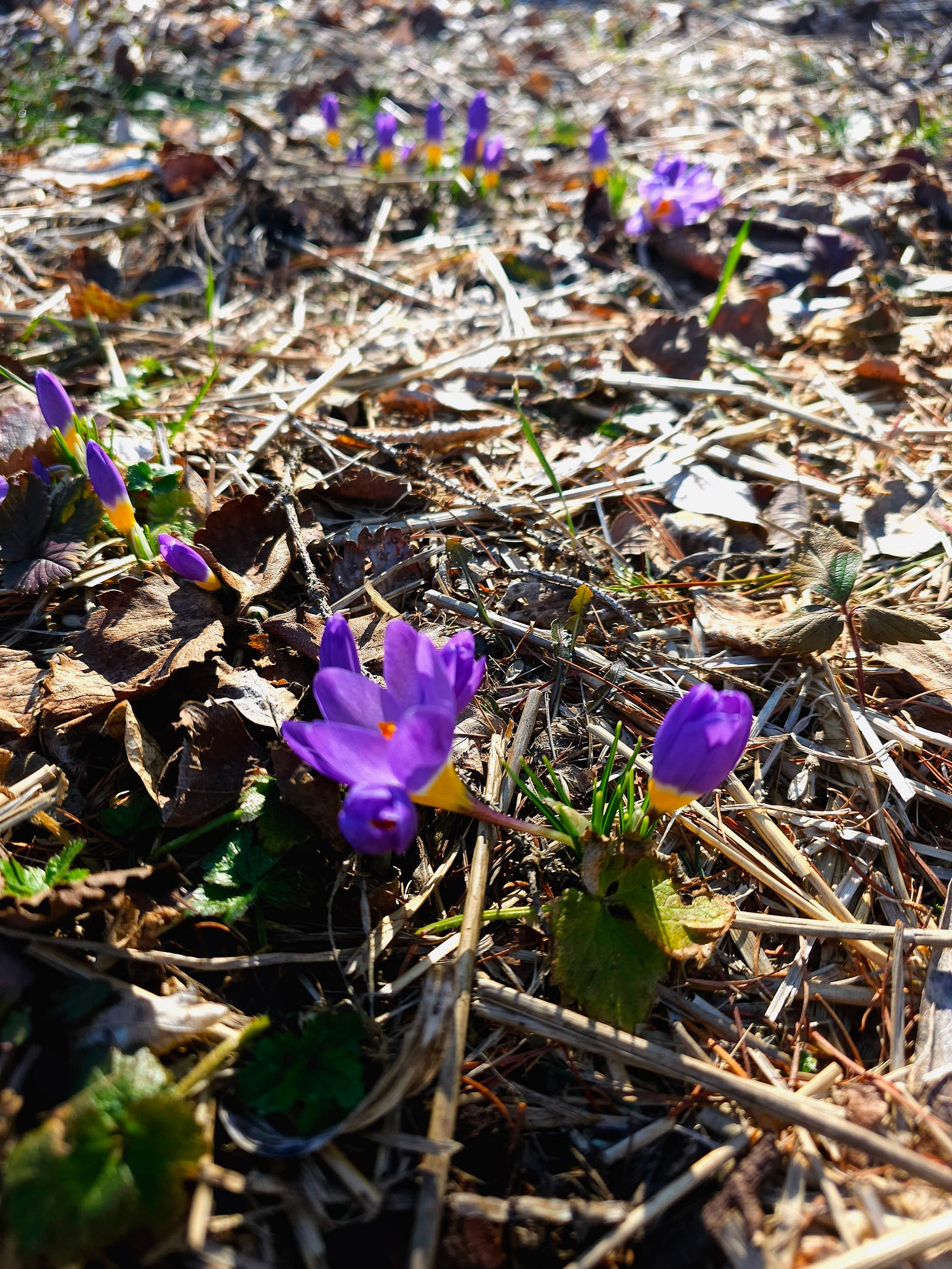
Losing a hive always feels like a tragedy
What an endeavor!!